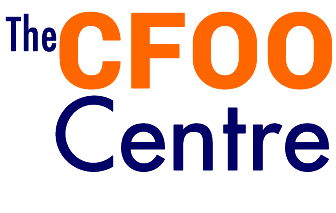Reverse logistics is related to all operations related to the reuse of products and materials. It is “the process of planning, implementing, and controlling the efficient, cost effective flow of raw materials, work in progress, finished goods and related information from the point of consumption to the point of origin for the purpose of recapturing value or proper disposal. Remanufacturing, rework and refurbishing activities are also included in the definition of reverse logistics”.
Tony Sciarrotta, Executive Director of the Reverse Logistics Association (RLA), says that with the return rate of e-commerce purchases being 3 to 4 times higher than that for brick-and-mortar purchases, the reverse sector is only going to grow in future years.
Reverse logistics has become an area that organisations in particular retailers and manufacturers cannot ignore. Significant volumes and monetary values of products are returned annually. The management of these returns incurs extremely high inbound, reprocessing, disposal, logistics and inventory costs. Organisations seem overwhelmed with these returns and many a time unable to deal with them. Given the low-medium gross and operating margins in many organisations, the improved management of these returns can have a great impact on operating profits. There can also be a significant impact on environmental concerns as well, since reverse logistics operations can involve a large amount of vehicle movements and consequential carbon dioxide emissions.
A toolkit developed by the University of Sheffield and the Cranfield School of Management views the management of the reverse logistics process from a holistic supply chain approach rather than simply starting after the point of sale. This toolkit enables organisations to audit their returns management activities and identify where opportunities exist to reduce costs and waste and improve customer service. The toolkit covers:
Cost and performance management
Avoidance of product returns
Process management
The physical network
Inventory management
Information and communication technology
Material handling containers
Sustainable distribution
Compliance with legislation.
The toolkit is divided into two sections – the self-assessment section which organisations will undertake to evaluate current performance and the performance improvement section which supports organisation’s moving to the desired performance. To know more about how you could optimise your organisations reverse logistics process, contact The CFOO Centre.
The CFOO Centre can play an important role in your organisations reverse logistics by applying this toolkit, our analytical skills and making suggestions for improvements to reverse logistics processes.
www.cfoocentre.com


